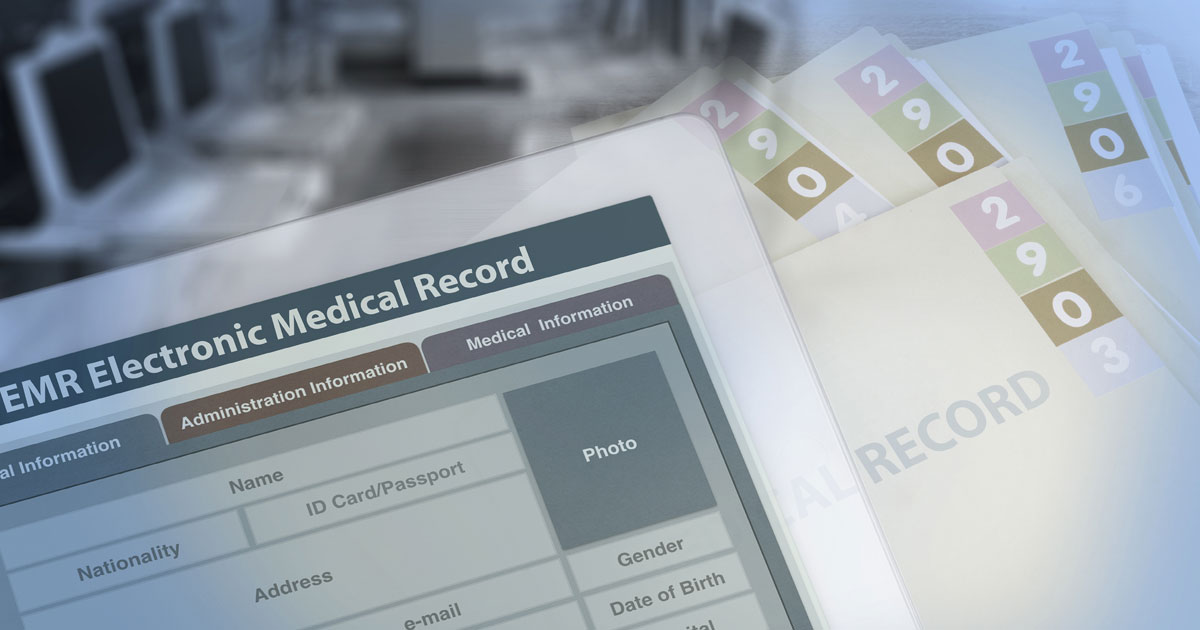How Can Medical Records Help in an Injury Lawsuit?
August 5, 2024
Medical records are vital in personal injury lawsuits. They provide evidence of the injuries sustained, treatments received, and their impact on a claimant’s life. This documentation is essential for proving the extent of the injuries and pursuing fair compensation.
Why Are Medical Records Important in an Injury Lawsuit?
Medical records can establish the link between the accident and the injuries sustained. These documents offer an objective account of a patient’s medical condition before, during, and after the incident. They serve several principal functions:
- Proving the Extent of Injuries. Medical records detail the nature and severity of injuries. This includes information from initial emergency room visits, hospital stays, follow-up appointments, and diagnostic tests.
- Demonstrating the Impact on Daily Life. Medical records show how the injuries have affected the plaintiff’s daily life. This can include physical limitations, pain levels, and the need for ongoing medical care or rehabilitation.
- Establishing a Timeline. Medical records create a clear timeline of the injury and treatment process. This is essential for connecting the injuries directly to the accident and showing the recovery progression.
What Types of Medical Records Do I Need?
Key types of medical records include:
- Emergency Room Reports: These reports provide immediate documentation of injuries following the accident. They include details about the initial assessment, diagnosis, and treatment received in the emergency room.
- Physician Notes: Notes from physicians share insights into the ongoing treatment, prognosis, and recommendations for further care.
- Hospital Records: These cover the entire stay, including surgery reports, physician notes, medication administration, and discharge summaries.
- Diagnostic Test Results: X-rays, MRIs, CT scans, and other diagnostic tests identify internal injuries and their severity. These results offer concrete evidence that can be difficult to dispute.
How Do Medical Records Support Financial Compensation Claims?
Medical records document all medical expenses related to the injury. This includes hospital bills, physician fees, diagnostic test costs, medication expenses, and other related costs. Accurate records help calculate the total medical expenses incurred.
Medical records can also support claims for lost wages if the injuries have caused you to miss work. Physician notes and hospital records can provide evidence of the time required for recovery and any work restrictions. In cases where ongoing medical treatment is necessary, medical records help estimate future medical costs. This can include long-term rehabilitation, future surgeries, and required medical equipment or home modifications.
How Should Medical Records Be Collected and Organized?
Collecting and organizing medical records systematically is critical for building a compelling case. Ensure that all relevant records are requested from every healthcare provider involved in the treatment, including hospitals, clinics, individual physicians, and rehabilitation centers.
Organize the records chronologically to create a clear medical treatment and recovery timeline. This helps present your case logically and coherently. You may also want to summarize key points from the medical records, highlighting the most valuable information. This can include dates of treatment, diagnoses, significant findings from diagnostic tests, and physician recommendations.
The Maryland Car Accident Lawyers at LeViness, Tolzman & Hamilton Offer Free Consultations
If you are facing car accident injuries and need help with your case, look no further than the Maryland car accident lawyers at LeViness, Tolzman & Hamilton. Call us at 800-547-4LAW (4529) for a free consultation or submit our online form.
We have offices in Baltimore, Glen Burnie, Lanham, and Owings Mills, allowing us to represent clients in Maryland, including those in Anne Arundel County, Baltimore County, Carroll County, Harford County, Howard County, Montgomery County, Maryland’s Western Counties, Prince George’s County, Queen Anne’s County, Southern Maryland, and the Eastern Shore, as well as the communities of Catonsville, Essex, Halethorpe, Middle River, Rosedale, Gwynn Oak, Brooklandville, Dundalk, Pikesville, Nottingham, Windsor Mill, Lutherville, Timonium, Sparrows Point, Ridgewood, and Elkridge.
